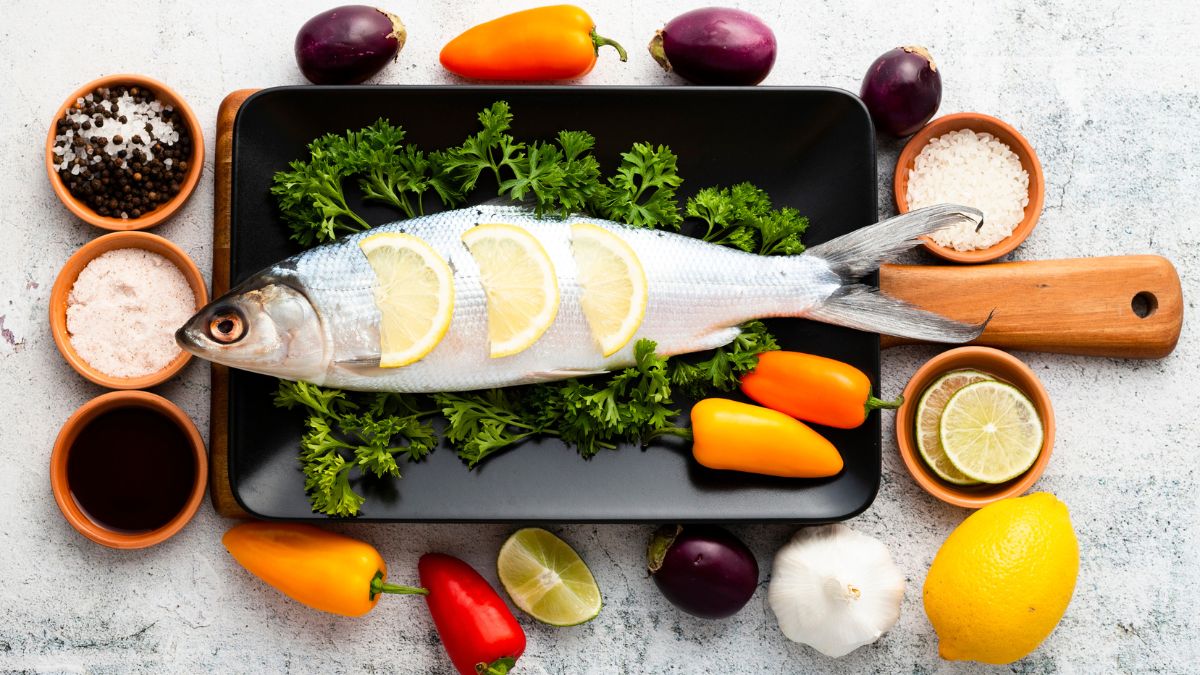Prosecchini, a lesser-known but incredibly flavorful Italian cured meat, is a delicacy cherished in various regions of Italy. Often overshadowed by more famous counterparts like prosciutto and salami, prosecchini hold their own unique place in Italian gastronomy. This article explores the origins, production process, culinary uses, and health benefits of prosecchini, providing a comprehensive guide for food enthusiasts and culinary experts alike.
What Are Prosecchini?
Prosecchini are small, cured meat products typically made from pork. They are similar to sausages but differ in preparation, seasoning, and aging process. Unlike larger cured meats, prosecchini are bite-sized, making them perfect for antipasto platters, charcuterie boards, and gourmet snacks.
Key Characteristics of Prosecchini:
-
Size: Small, often no longer than a few inches.
-
Texture: Firm yet tender, with a rich marbling of fat.
-
Flavor: Savory, slightly salty, with hints of garlic, pepper, and regional spices.
-
Curing Method: Dry-cured or smoked, depending on regional traditions.
The History and Origins of Prosecchini
The exact origins of prosecchini are debated, but they are believed to have roots in Northern Italy, particularly in Lombardy and Emilia-Romagna. Historically, Italian farmers crafted prosecchini as a way to preserve meat without refrigeration.
Regional Variations:
-
Lombardy: Often smoked with juniper berries for a distinct aroma.
-
Piedmont: Infused with red wine and black pepper.
-
Tuscany: Prepared with fennel seeds and chili flakes for a spicy kick.
These regional differences highlight Italy’s diverse culinary traditions and the adaptability of prosecchini across different climates and tastes.
How Prosecchini Are Made: The Traditional Process
The production of prosecchini follows time-honored techniques passed down through generations. Here’s a step-by-step breakdown:
1. Meat Selection
-
High-quality pork (shoulder or thigh) is selected.
-
The meat is trimmed and cut into small pieces.
2. Seasoning
-
A blend of salt, black pepper, garlic, and regional spices is mixed into the meat.
-
Some recipes include wine or vinegar for added depth.
3. Casing and Tying
-
The seasoned meat is stuffed into natural casings.
-
Each prosecchino is tied by hand to maintain uniformity.
4. Curing and Aging
-
The sausages are hung in a controlled environment (temperature and humidity).
-
Depending on the variety, they may be smoked or air-dried for weeks or months.
5. Quality Check
-
Expert artisans inspect the pro-secchini for proper texture and flavor before distribution.
Culinary Uses of Prosecchini
Pro-secchini are incredibly versatile in Italian cuisine. Here are some popular ways to enjoy them:
1. Charcuterie Boards
-
Paired with cheeses (Parmigiano, Pecorino), olives, and crusty bread.
2. Pasta Dishes
-
Sliced and added to carbonara or amatriciana for a rich, meaty flavor.
3. Sandwiches and Panini
-
Layered with arugula, sun-dried tomatoes, and mozzarella.
4. Appetizers
-
Wrapped around melon or figs for a sweet-savory contrast.
5. Stews and Soups
-
Enhances the flavor of bean soups and ribollita.
Health Benefits of Prosecchini
While cured meats should be consumed in moderation, pro-secchini offer some nutritional benefits:
1. High in Protein
-
Supports muscle growth and repair.
2. Rich in Iron and B Vitamins
-
Boosts energy levels and supports metabolic functions.
3. Healthy Fats
-
Contains monounsaturated fats, beneficial for heart health.
4. No Added Sugars
-
Unlike processed meats, traditional pro-secchini are free from artificial additives.
Where to Buy Authentic Prosecchini
For the best quality, look for:
-
Italian specialty stores
-
Online gourmet retailers
-
Local farmers’ markets with artisanal producers
Always check for PDO (Protected Designation of Origin) labels to ensure authenticity.
Conclusion: Why Prosecchini Deserve a Spot in Your Kitchen
Pro-secchini may not be as famous as prosciutto, but their rich flavor, artisanal craftsmanship, and culinary versatility make them a must-try for any food lover. Whether enjoyed on a charcuterie board or incorporated into a gourmet dish, pro-secchini bring a taste of Italy’s meat-curing heritage to the table.









